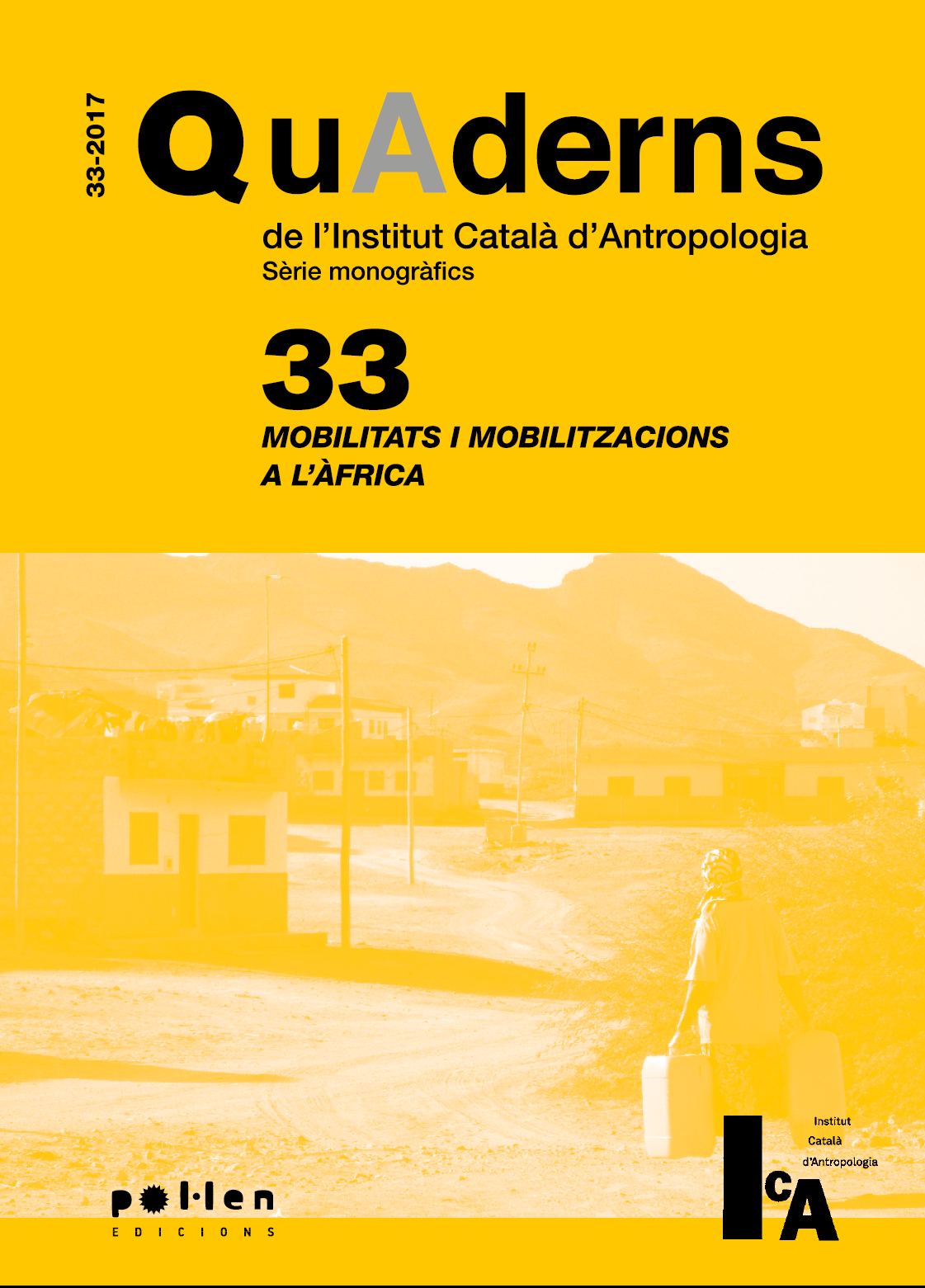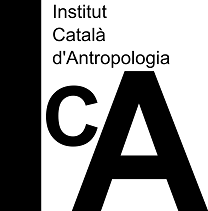Etnicitats, fronteres culturals i categories fluïdes en un context global: una mirada sobre els peul mbororo del Camerun
Keywords:
Mbororo, Cameroon, Peul, Ethnicity, IndigenousAbstract
The United Nations identifies the semi-nomadic Mbororo pastoralists of Camero-on, along with other groups, as an indi-genous people. The Mbororo community forms part of the Peul-Fulani, the largest ethnic group of the Sudano-Sahelian area. I describe the dynamics that have confi-gured the Mbororo community as a dis-tinct ethnic group. While the ethnonym “Mbororo” was traditionally stigmatizing, it has more recently become a point of re-ference for indigenous discourses that have supported the empowerment of an elite educated at the margins. Taking a more global and interconnected perspective, this example shows a process of fission: in Ca-meroon semi-nomadic Peul (the Mboro-ro) are identified as a distinct ethnic group, while in other countries the Peul as a who-le are identified as a single ethnic group.
Downloads
Global Statistics ℹ️
|
145
Views
|
81
Downloads
|
|
226
Total
|
|
Downloads
Published
How to Cite
Issue
Section
License
Distributed under the terms of the Creative Commons Attribution 4.0 International Use and Distribution License (CC BY-NC-SA 4.0)




